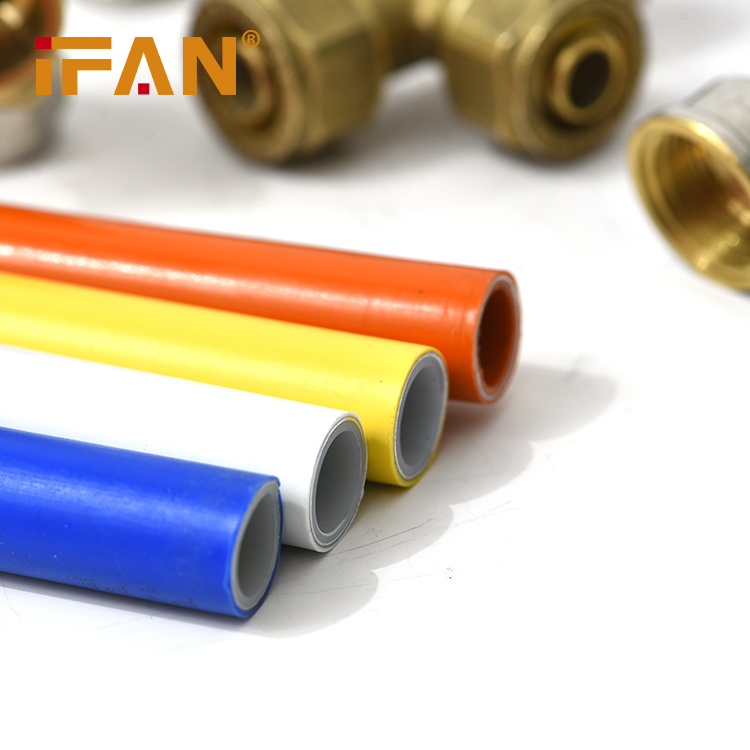As a seasoned plumber, I’m often asked by homeowners and fellow builders for tips on selecting the ideal PEX pipes for projects. While all PEX tubing serves the core functions of flexible water distribution, properties can vary based on formulation and manufacturing processes. In this guide, I’ll provide an unbiased overview of key PEX pipes selection factors including pipe grades, dimension considerations, and performance differences between PEX-A, PEX-B, and PEX-C to support informed decisions. We’ll also explore how application specifics from residential to commercial influence material choices. My goal is to equip readers with insider knowledge to choose the optimal PEX tubing product for their unique needs.
PEX Pipes Background
First, a quick PEX overview for context. PEX stands for cross-linked polyethylene, a specialized plastic pipe meeting ASTM F876 and F877 standards for plumbing and radiant heating systems. It was introduced in the 1960s but gained widespread popularity in the 1990s as an alternative to metals. Key traits:
– Highly flexible plastic unlike copper and galvanized steel
– Simple push-fit, crimp, compression, or expansion connections
– Easy for DIYers to install vs soldering or threading
– Main types are PEX-A, PEX-B, and PEX-C with varying properties
– Sizes from 1⁄4” to 2” for residential applications
– Expect a 50+ year lifetime with proper installation
– Resists corrosion and scale accumulation
With its combination of long-term performance, durability, and installation simplicity, PEX has become a top plumbing material. But choosing the ideal formulation and size matters.


